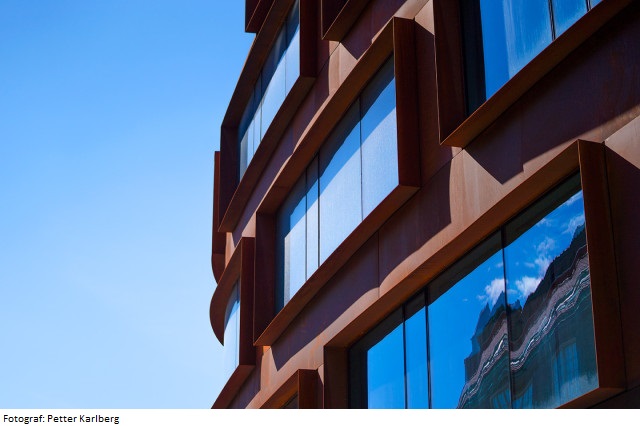Focus of this course is the development of the tools for understanding urban complexities beyond their physical manifestations. Throughout the course we will be testing the limits of the planning tools and investigate the new methods for predicting, controlling and manipulating urban dynamics. The extracted code of three chosen global cities will be tested on the specific segment of the urban tissue of Stockholm.
The characteristics and nature of zoning rules, building codes and regulations of three different cities will be studied and reinterpreted through a series of mapping studies juxtaposing various systems of data from variety of urban inner city core environments and urban contexts from different cultures. To understand the mechanisms of “urban genetics” the students would test manipulating the urban codes on the specific sites from highest to the lowest densities and test the results in relationship to the possible outcomes in a series of workshops. The existing parameters of the code will be questioned, re-examined and new possibilities explored based on the new realities in cities.The specific urban realities translated through the urban codifications are manifested in physical and non-physical form, various degrees of flexibility in planning for future urban models and the extent of the dynamic relation between formal (planned) and informal (unplanned) city fabric shall be examined. The tools of urban controls will be tested against specific economic, cultural, technological forces shaping the city today. The extracted code of each of three chosen cities will be tested on the specific segment of the urban tissue of Stockholm.
